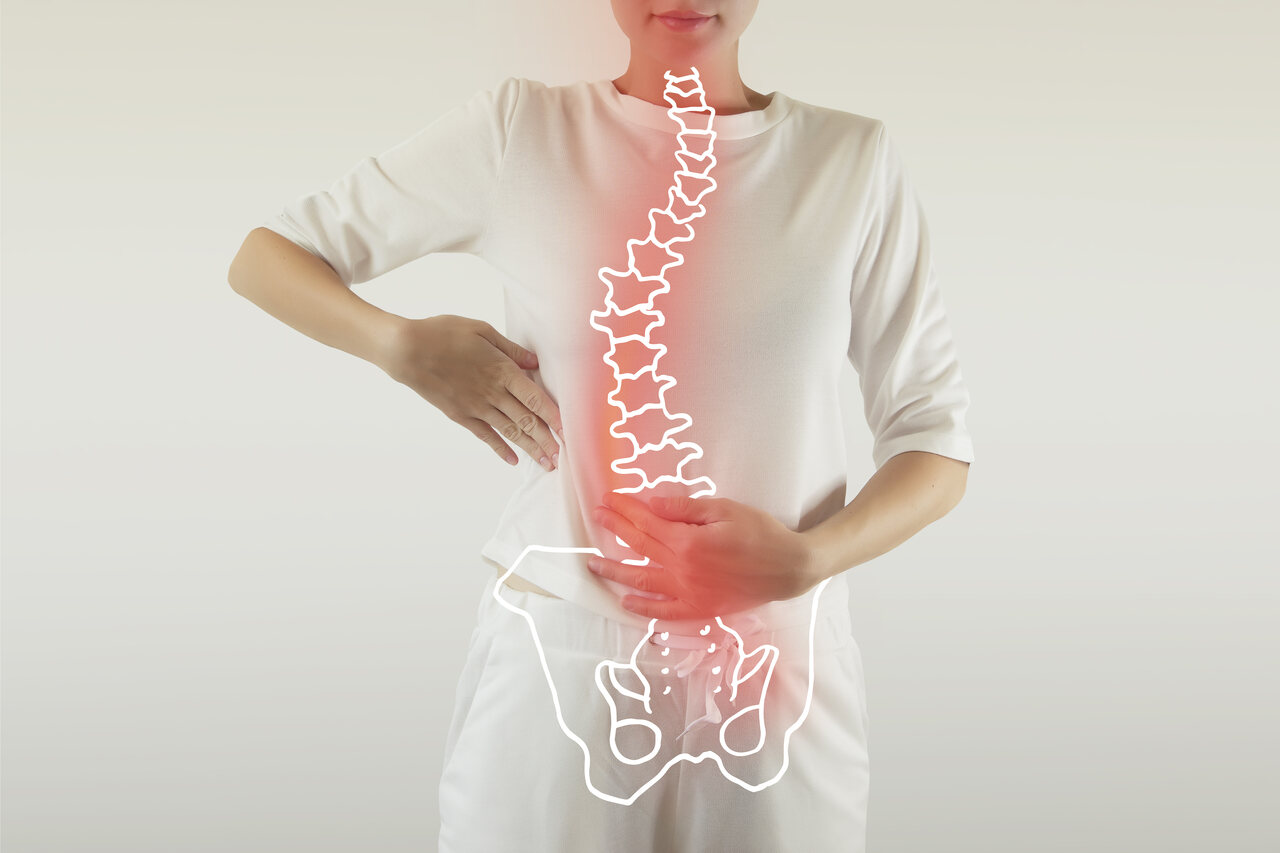
Scoliosis, a spinal condition characterized by an abnormal lateral curvature, affects many individuals, significantly impacting their quality of life. Chiropractic care offers a promising avenue for managing this condition without the need for invasive procedures. This blog post delves into the causes of this condition, explores chiropractic treatments for scoliosis, and discusses the potential for correction of severe curves.
Understanding Scoliosis: Causes and Impact
Scoliosis is not merely a physical condition; it can also lead to psychological stress and discomfort. Understanding its causes is the first step toward effective management:
- Genetic Factors: The main cause of scoliosis is believed to be genetic, indicating that it often runs in families.
- Developmental Issues: Scoliosis typically becomes evident during the growth spurt just before puberty when children grow rapidly.
- Neuromuscular Conditions: Conditions like cerebral palsy and muscular dystrophy can contribute to the development of scoliosis.
Identifying the cause of scoliosis is crucial as it influences the treatment approach and overall management of the condition.
The Role of Chiropractic Care in Treating Scoliosis
Chiropractors play a significant role in the management of scoliosis, providing treatments that focus on improving function and reducing discomfort:
- Joint Mobilization: This involves the gentle movement of joints to reduce pain, increase range of motion, and improve function. It is particularly beneficial in managing scoliosis-related discomfort by enhancing joint flexibility and reducing stiffness.
- Therapeutic Exercises: Chiropractors often prescribe specific exercises that strengthen the muscles supporting the spine.
- Pain Management: Techniques like shockwave therapy and dry needling can be used to reduce pain associated with scoliosis.
Can Chiropractic Methods Correct Scoliosis?
While chiropractic care is effective in managing symptoms and improving quality of life, it’s important to have realistic expectations:
- Symptom Management: Chiropractic treatments can significantly alleviate symptoms like pain and improve joint function.
- Physical Improvements: Some individuals may notice improvements in the appearance of their curvature.
- Long-term Care: Scoliosis is a long-term condition that requires ongoing care to manage effectively, particularly during periods of rapid growth.
Adjunct Treatments for Scoliosis
While chiropractic care is highly effective for managing scoliosis, other treatments can be used alongside it for more effective recovery, especially when the condition is identified early:
- Physiotherapy: Specific exercises may improve posture and muscle tone, which can help support the spine and joints more effectively.
- Spinal Decompression: This non-surgical treatment helps alleviate pain, improve mobility, and reduce nerve compression by gently stretching the spine. It can be particularly effective for relieving the symptoms associated with scoliosis.
These strategies can be part of a comprehensive treatment plan to manage scoliosis and improve the individual’s quality of life.
Scoliosis Treatment: Massage vs. Chiropractic Care
When considering treatment options for scoliosis, both massage and chiropractic care offer benefits, but they serve different purposes:
- Chiropractic Care: Focuses on joint manipulation and improving overall function. This approach is particularly beneficial for addressing the biomechanical aspects of scoliosis, aiming to reduce spinal curvature and alleviate related discomfort.
- Massage Therapy: Primarily provides relief from muscle tension and pain. It can be especially useful for managing the secondary symptoms of scoliosis, such as muscle spasms and stiffness, by enhancing circulation and promoting relaxation.
Combining both treatments may offer the most comprehensive approach, addressing both the structural and muscular issues associated with scoliosis, depending on individual needs and the severity of the condition.
What to Avoid With Scoliosis
Managing scoliosis effectively also involves knowing what activities and habits to avoid to prevent exacerbating the condition:
- Avoid Carrying Heavy Loads: Heavy backpacks or uneven loads can worsen spinal curvature and increase discomfort.
- Steer Clear of High-Impact Activities: Activities that cause jarring or high impact to the spine, such as running on hard surfaces or contact sports, should be approached with caution.
- Limit Repetitive Twisting Motions: Activities that involve repetitive twisting of the torso can increase stress on the spine and potentially worsen the curvature.
Understanding these limitations is crucial for maintaining spine health and preventing further complications associated with scoliosis.
Transform Your Spine, Transform Life
Living with scoliosis can be hard, but understanding the roles of different therapies and what to avoid can empower you to manage the condition more effectively. With the right combination of chiropractic care and other therapies, many individuals with scoliosis can lead active, fulfilling lives. At Synergy Health Centre in Victoria, our team is dedicated to providing tailored care that addresses all aspects of your health. Contact us today to discuss your treatment options and start your journey toward improved spinal health.

